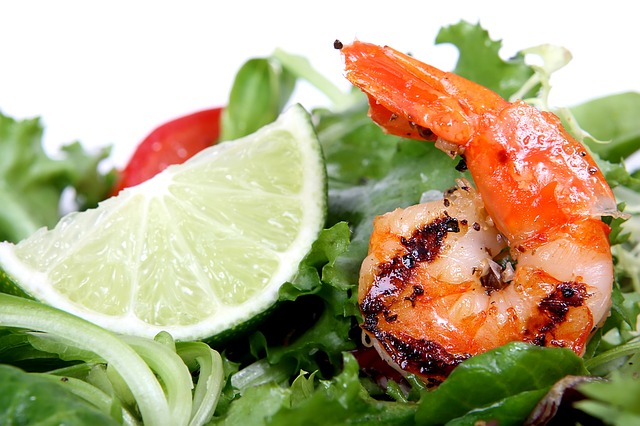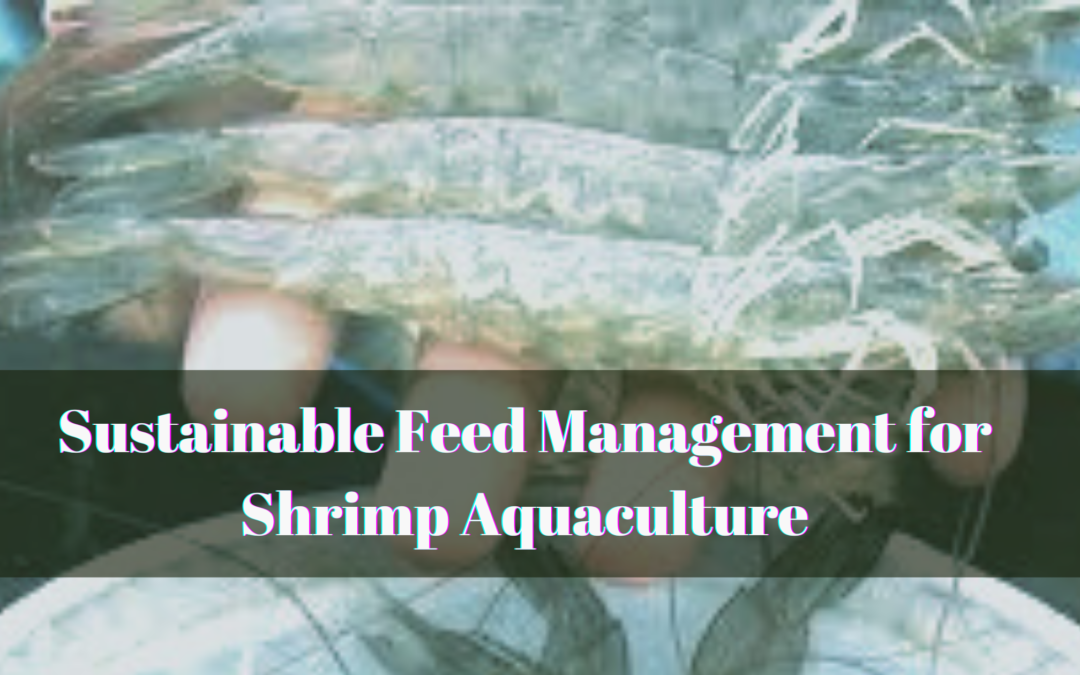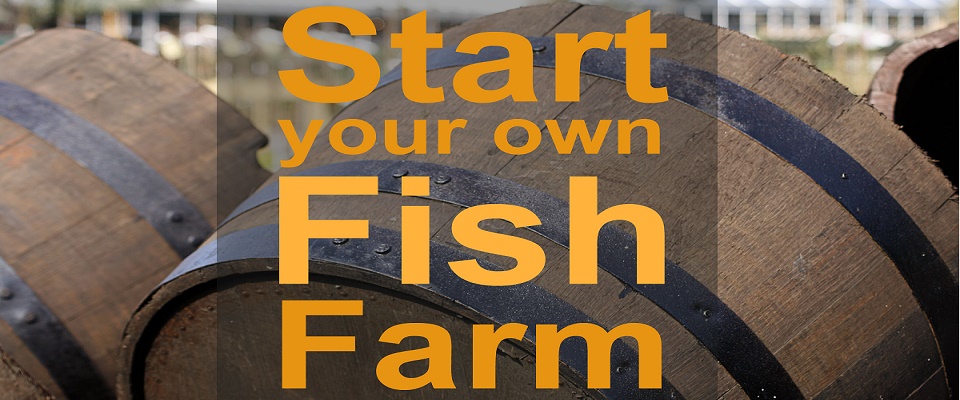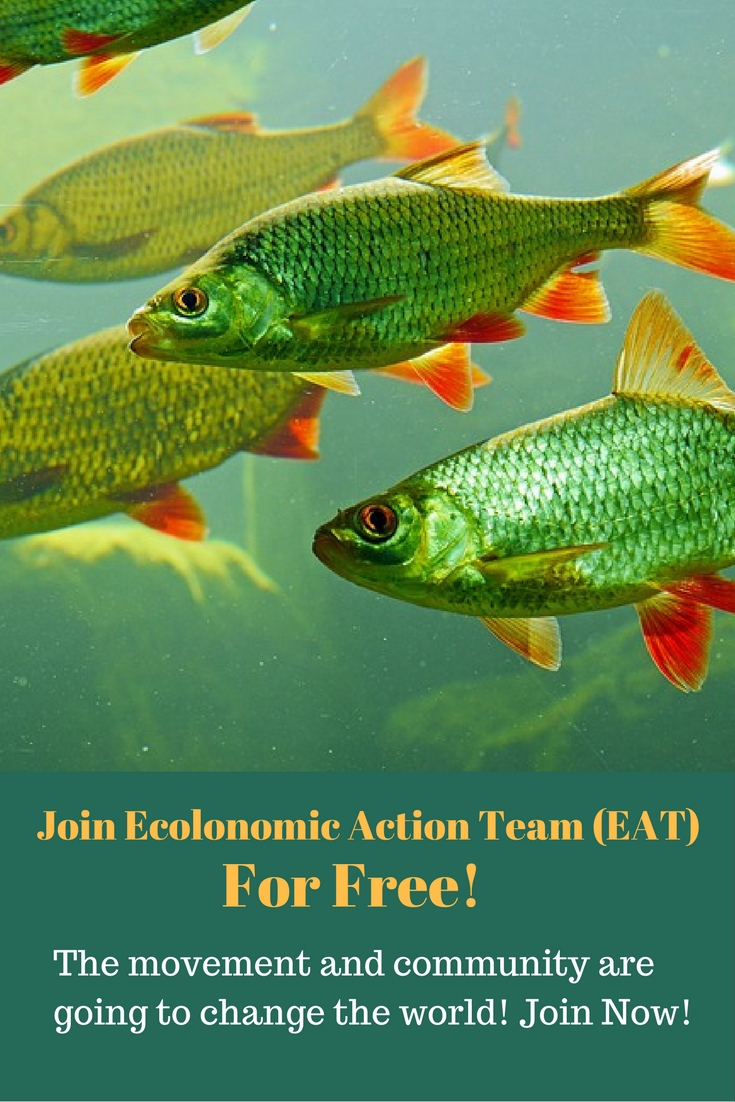Shrimp aquaculture is on the rise and supplementary feed is a valuable element if increased productivity of shrimp and profitability is to be realized. The annual feed that’s required should be in direct relation to the under culture, the intensity of the culture system, and the FCR of the feed. Sustainable feed management is critical if success is to be realized with shrimp culture. Due to concerns that have arisen with regard to environmental degradation; poor growth and production, disease outbreaks, and mortalities; new measures and techniques should be undertaken to help ensure sustainability.
Use of Ecofriendly Feed
Pollution is one of the key issues that fish farmers have to deal with and having knowledge on how to ensure sustainable feed management is vital. Wastes that are derived from the metabolism of nutrients, feces, and unconsumed feed greatly contribute to pollution in poorly managed shrimp farms. Such wasters act as nutrients mediums for the propagation of microbes some of which can produce toxins which in turn induce stress in the fish.
When proper feed management is not undertaken, excessive waste from nutrients can drastically affect the profile of dissolved oxygen in the shrimp farms and can in turn lead to the production of toxic gases. It also creates an environment where shrimp diseases can thrive which in turn leads to reduced production and growth. The quality of feed is determined by the type of ingredients used in making the feeds. Ingredients that have higher levels of non-protein nitrogen; salt content, crude fiber, oxidized lipids, and other anti-nutritional factors should not be part of the feeds.

Processing
For proper utilization of the feeds; the processing should entail homogenous mixing and micro-grinding of the ingredients alongside additives, and premixes while taking into account optimum conditions for the pelleting. Other processing conditions should also be taken into account such as drying and cooling as such helps with ensuring proper utilization of the feed by shrimps and also minimizes feed waste. Digestibility of the feed is a critical issue that should be taken into consideration when processing the feed.
The mixing process of the feed should involve the uniform dispersion of additives and micronutrients so that the weight of the finished feed has a balanced nutrients profile per unit.
Feed Particle Size
Feed particle size is quite vital for proper utilization of the feeds. The feed particles should be well sized to suit the digestive capabilities and mouthparts of the growing fish. Undersized and oversized feed particles should be screened to ensure wastage is avoided. Shrimps tend to have such a small digestive tract which is capable of only consuming soft food material. Artificial diets that are dry should have rehydration elements to enhance flexibility in feeding. The addition of exogenous enzymes can help with enhancing the digestibility of the nutrients.
Shelf-Life
Prolonged storage of the feeds can greatly lower the quality of the feeds and their biological value. The shelf-life should also be taken note of based on the nature of the ingredients used in making the feeds.
Want more information on Shrimp Aquaculture?
Join our EAT FREE Community where you’ll find hundreds of learning materials, courses, and live webinars to help you become a profitable fish farmer. You will get access to a valuable team of expert farmers that are also involved in sustainable farming practices.



